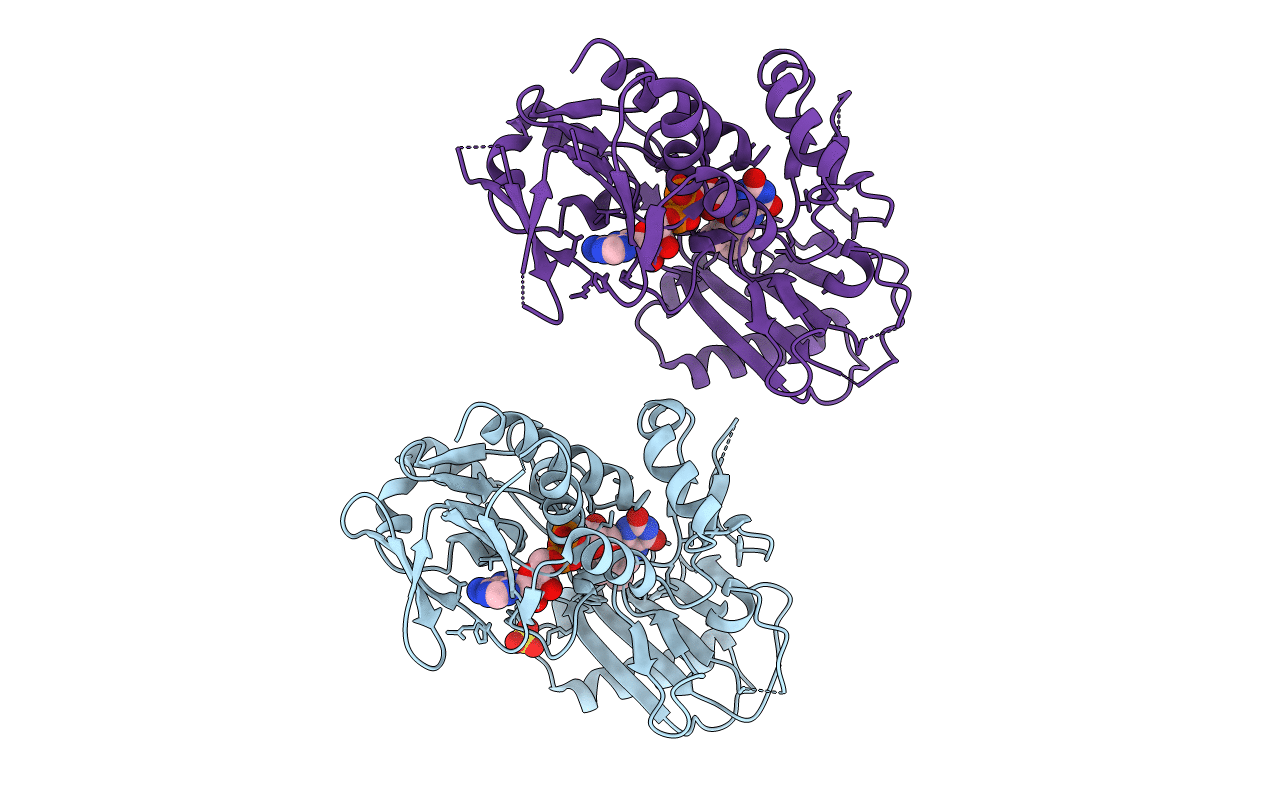
Deposition Date
2011-01-28
Release Date
2011-07-13
Last Version Date
2023-11-01
Method Details:
Experimental Method:
Resolution:
2.50 Å
R-Value Free:
0.26
R-Value Work:
0.21
R-Value Observed:
0.21
Space Group:
P 1 21 1


